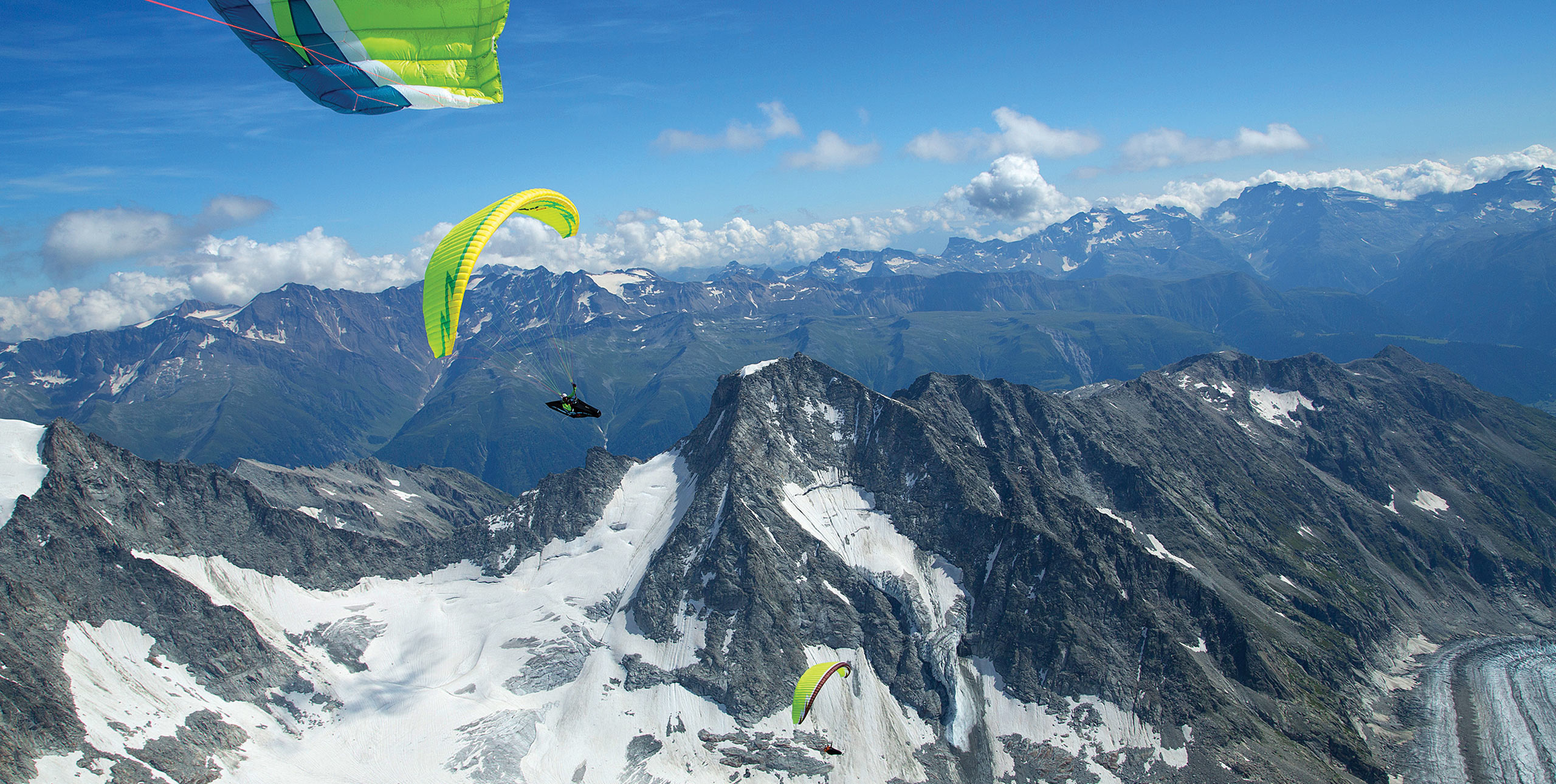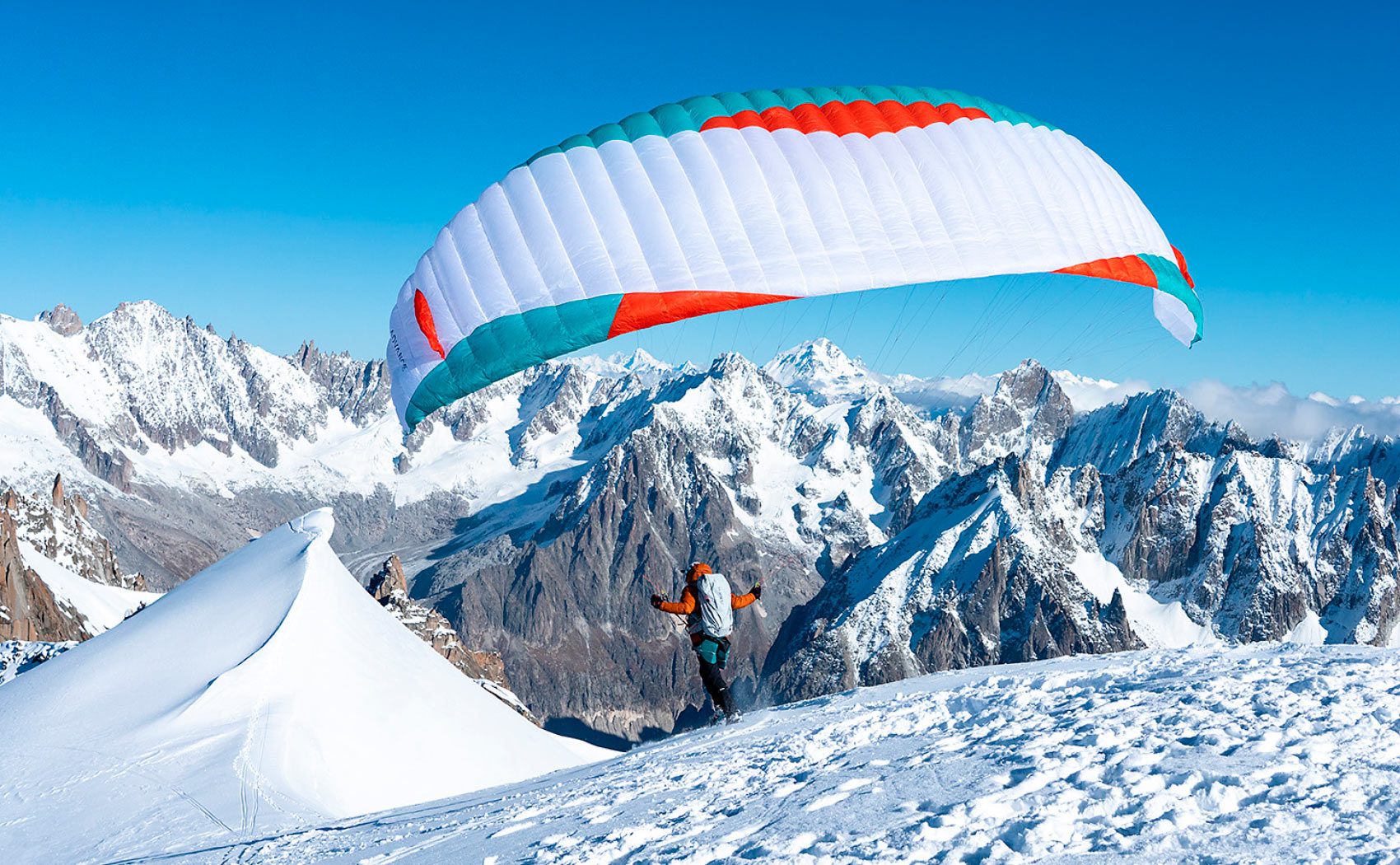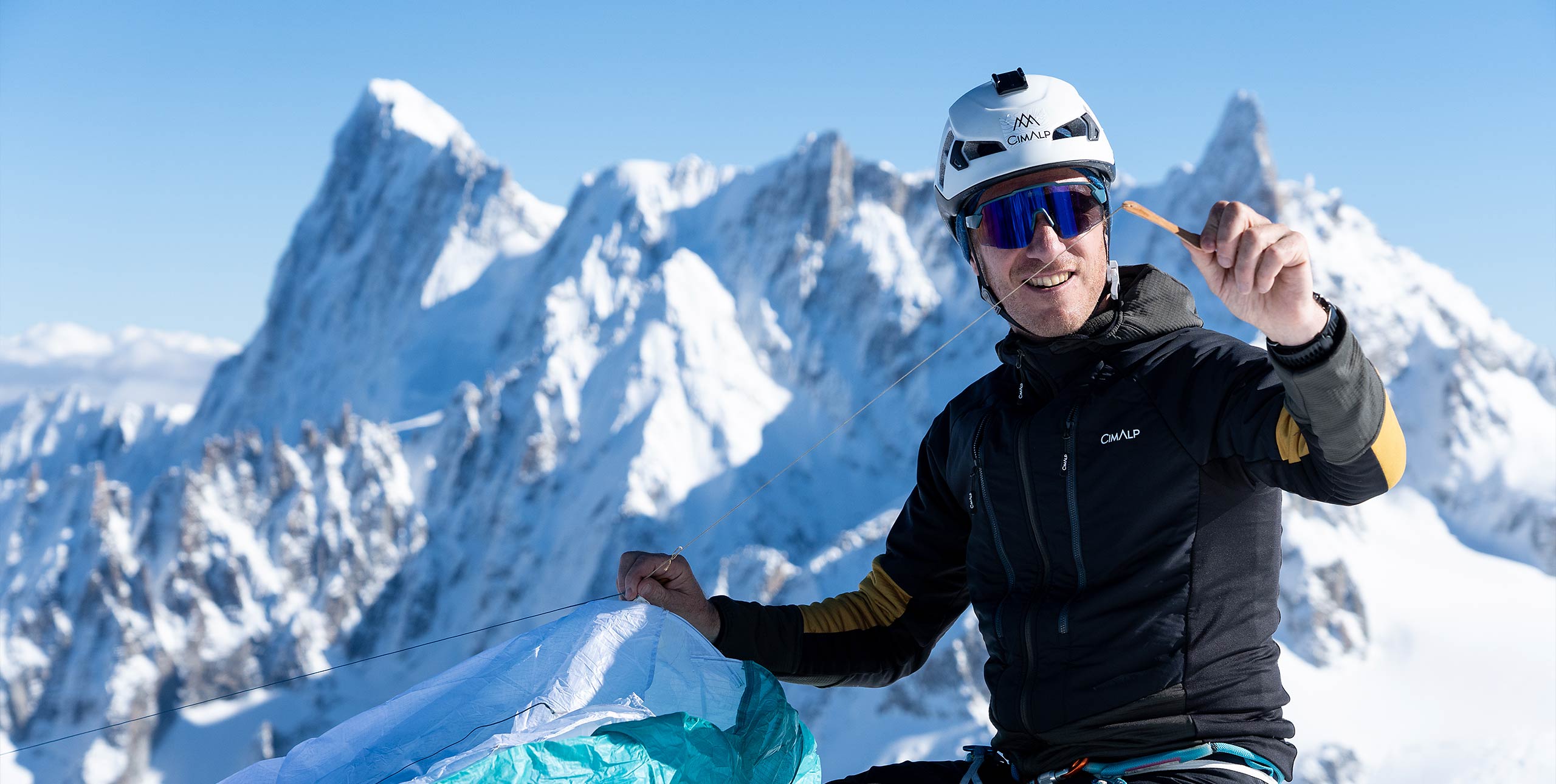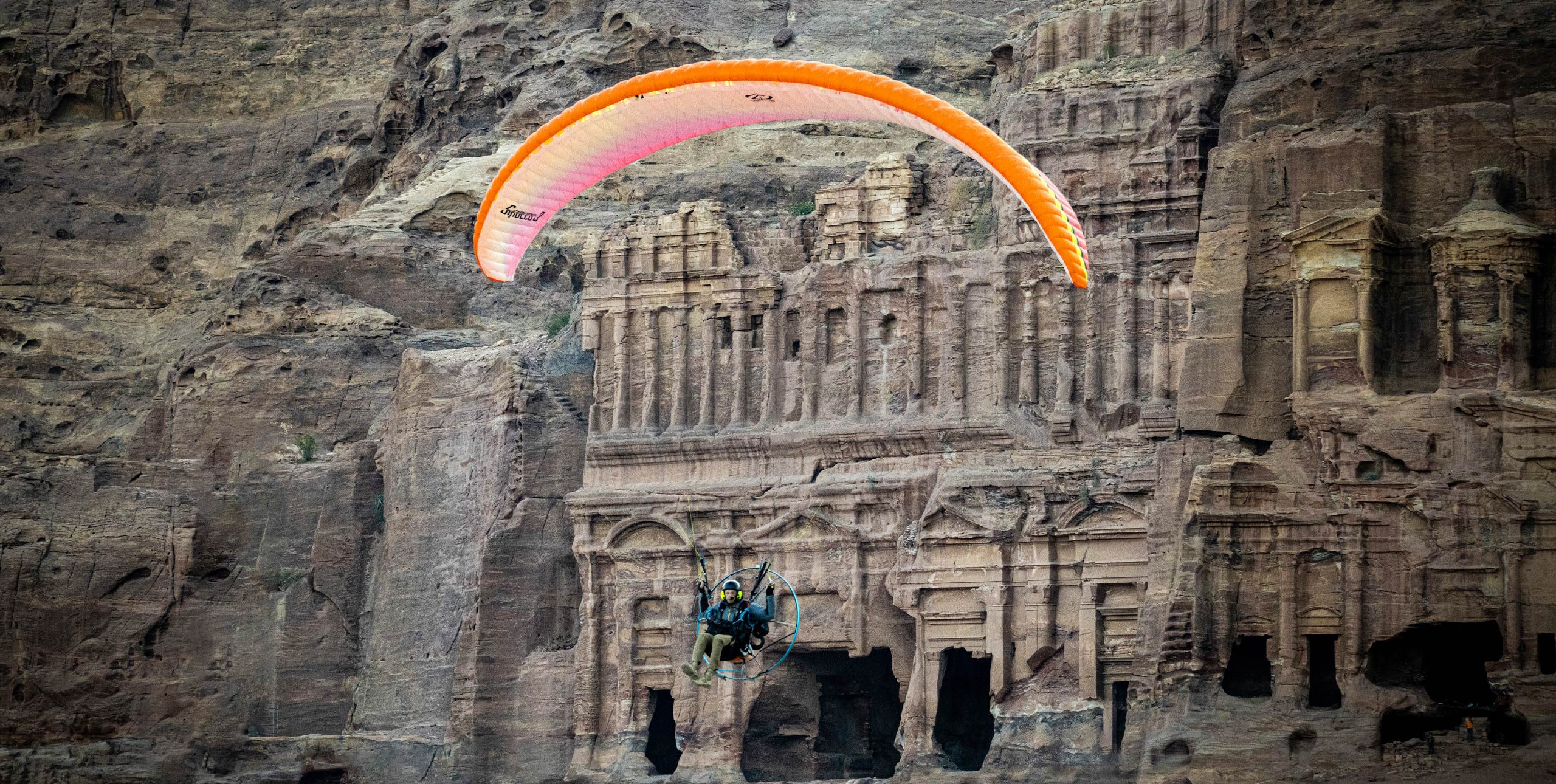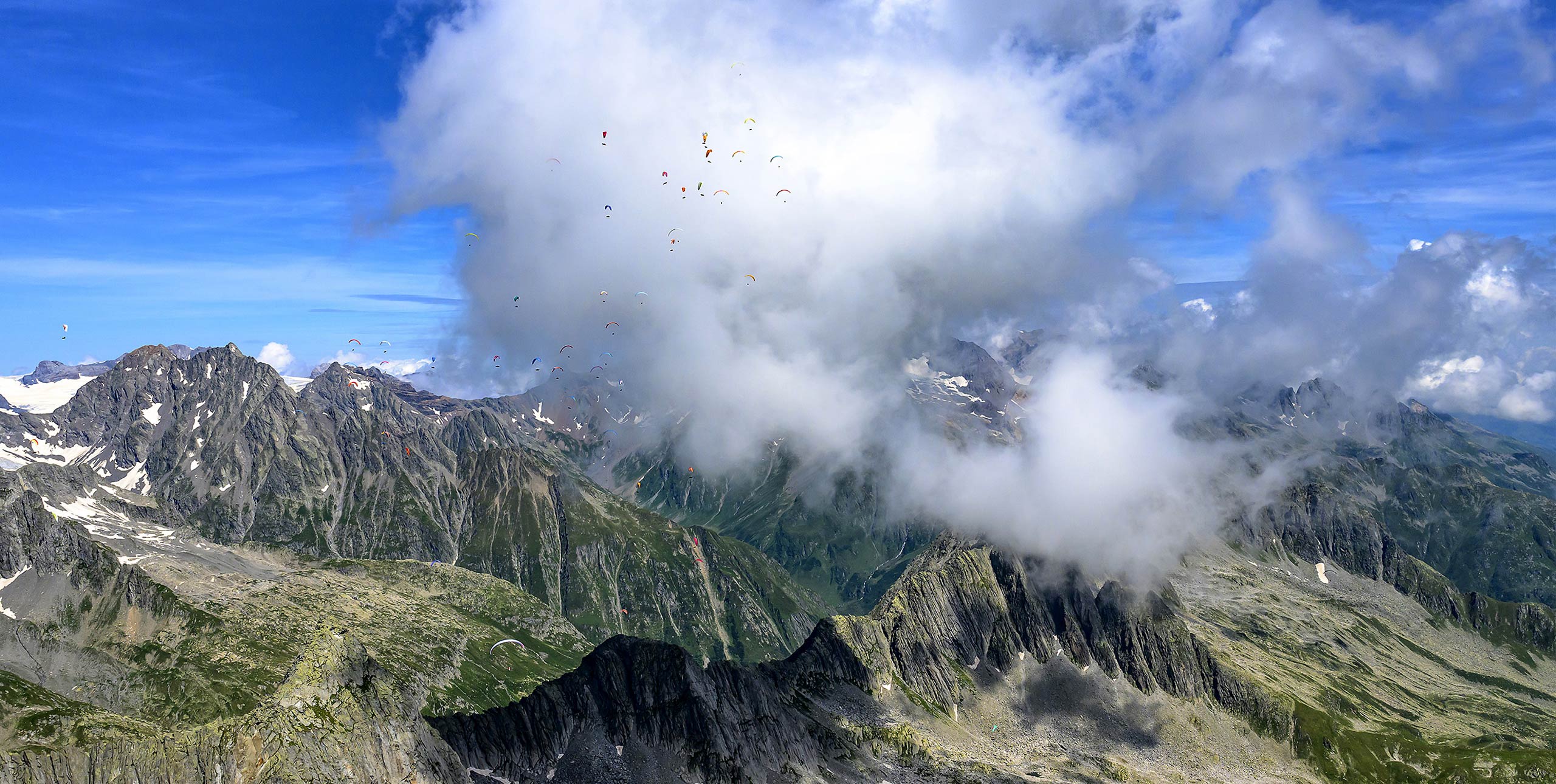A long time ago a very keen young pilot asked my advice. He was desperate to fly his first 100km flight in the mountains. So I explained that the difference between flying 30km and flying 100km in the mountains is planning.
The pilot was Tom Payne and a few weeks later we flew round a 100km triangle together – his first. Now I struggle to keep up with him when we fly together!
My logic, which has been proven out by many pilots after Tom is that if you can fly 30km you can climb in thermals and you can connect those thermals together, so what is stopping you doing that time after time?
The no plan man
Let’s first consider what...
